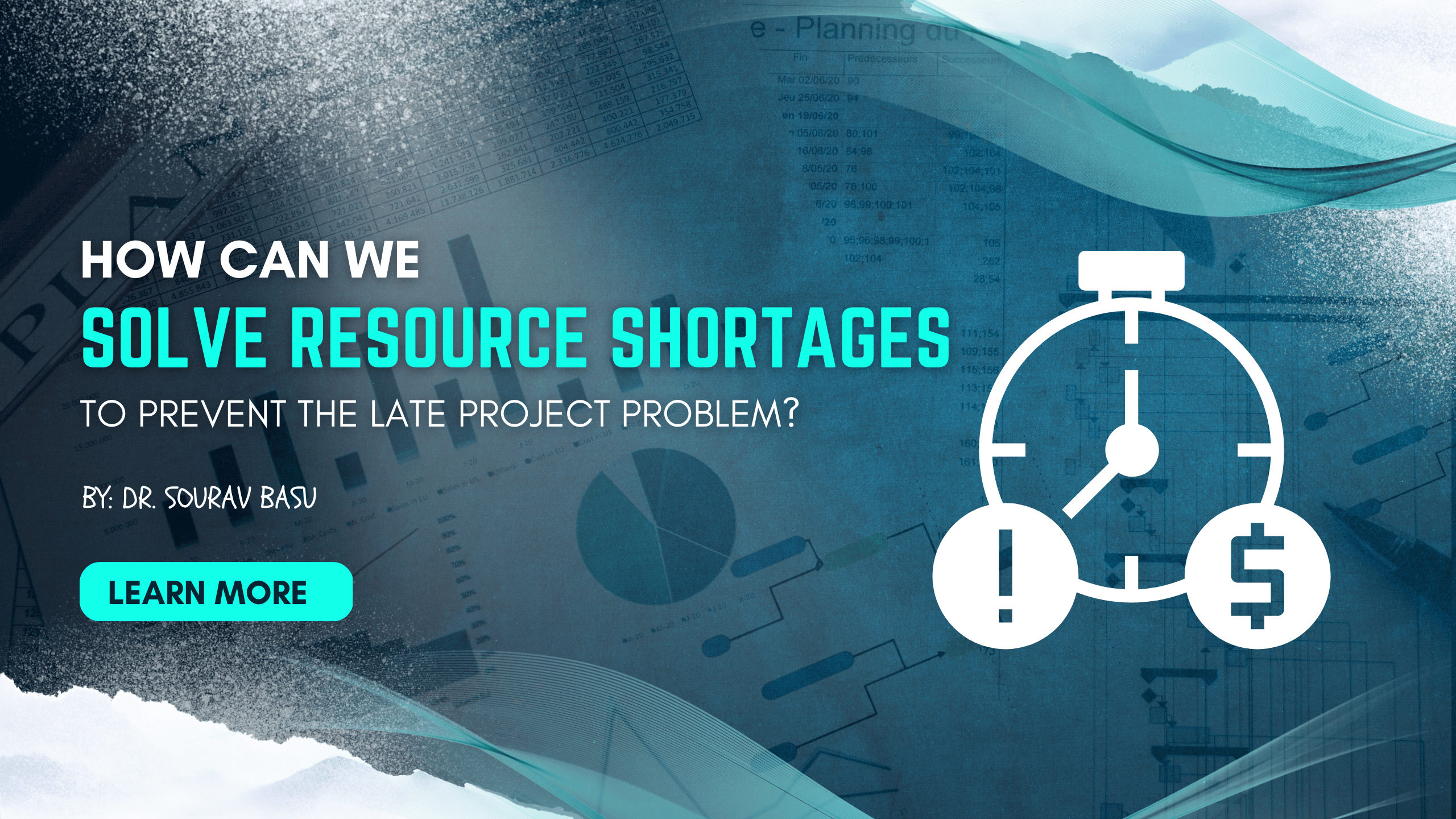Since the beginning of formal project management, projects have been suffering from time overruns, de-synchronization, and a lack of predictability. Even leaps in technology have not been able to counter these issues – especially when we try to solve resource shortages.
What could be the reason for this inexplicable trend?
One of the usual external factors that almost every project must deal with is “Resource Shortages” – mobilization gets delayed, required numbers are hardly ever available, scope additions and other delays increase additional requirements, Management, and Expert capacities are unknown, etc.
One of the obvious management reactions to shortages is prioritization. What was shown in the first blog was that prioritization is the same symptom that projects, as a whole, exhibit.
Only a very few of the prioritization decisions lead to vastly more efficient outcomes, but they follow no known rules and obey no known logic that we can deploy.
The Critical Path Method, as forewarned by its proponents 60 years back, is ineffective too. Even the best plans go astray, even the best project management teams cannot fire-fight enough.
Without fixing this, how could we ever get projects under control and solve resource shortages when they are so omnipresent in projects?
Why are we ignoring other uncertainties – some would argue. Uncertainties like estimation errors, day-to-day delays, changes in scope, etc.?
Believe it or not, they are way simpler factors to deal with. They cannot hurt predictability. Because every such event has only a single, definite outcome. We can always plan and recover from future tasks.
If we have unlimited resources, these can be countered through textbook planning and control or sheer experience. Have you ever heard of a late project that had resources (including money) poured into it?
But when resources are limited or inadequate, these factors pile up on the chaos and amplify the impact.
The Complexity to Solve Resource Shortages
Predictions on resource shortages tend to be unreliable – for the reasons below:
- It has no impact on individual tasks but generates invisible dependencies between tasks that are, otherwise, unrelated to each other in every conceivable way.
- Resource dependencies, unlike technical ones, can run in any direction.
- Before prioritization has happened, it has many possibilities. Till someone prioritizes we cannot know which one is going to be true.
Even the best planners cannot possibly model these possibilities in a plan – there are just too many. And they have no way of knowing how much shortage individual groups might be facing and how they are going to prioritize their work as a result of that.
Even if they did, remember, there are no known rules for good prioritization – no one can know whether by prioritizing according to criticality, cash flow or risks, etc, he or she is benefitting the projects or causing more harm.
Even if one could put accurate values in a scheduling or optimization software and run it, it is not possible to conclude whether the answer it churned out is a good answer or not.
These are important considerations to take note of before we castigate planners for ‘poor planning’ and explain away project delays.
Are We Then Facing a Dead End To Solve Resource Shortages?
Thankfully, NO. If we look at the nature of resource dependencies and how it affects projects, we can find a way to avoid most of the possible detrimental outcomes.
We cannot still claim that this is the best outcome for our projects, but we can say with confidence that this is very near the best that can happen.
And the quantum of improvement, even just in terms of the timeline, is significant (> 20%). In addition, it ensures synchronization and makes predictions very reliable during execution.
The solution is also very simple – only requires a change in the way we conceptualize projects.
Does this sound too good to be true? Let’s figure out how.
Good and Bad Solutions When Trying to Solve Resource Shortages?
Resource shortages are not harmful on their own. They only generate many options, but the impact is constant. For example, if there are 3 tasks A, B, and C, and only 1 available resource to execute them, then they can be executed in any one of the sequences ABC, ACB, BAC, BCA, CAB, CBA but the time impact is constant – which is the sum of durations of A, B, and C.
However, in projects, there is the existence of Integration Points and together, they act as partners in crime. Together, they produce many possible outcomes.
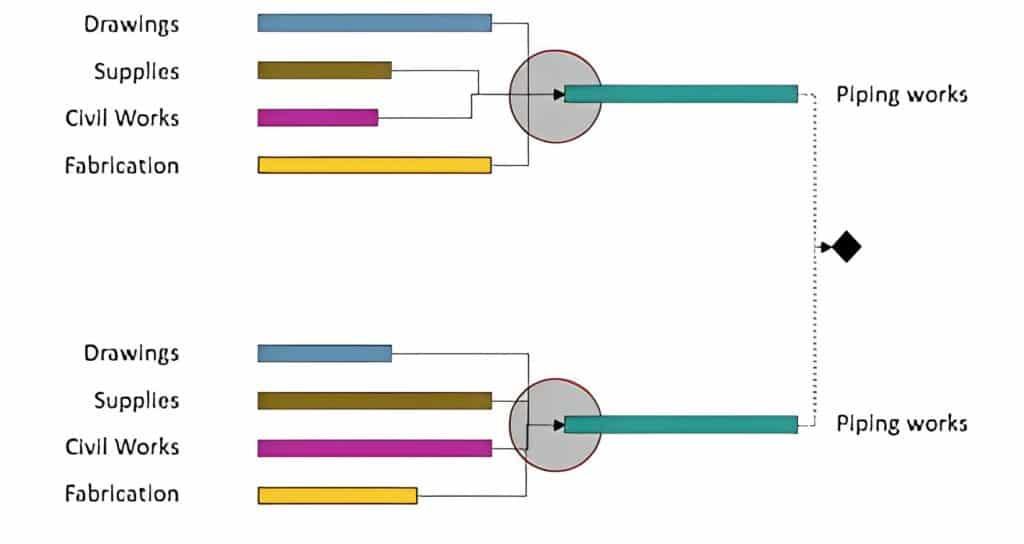
Figure 1: Integration Points are Key to Solve Resource Shortages
Consider Fig. 1 above – the red circles show the Integration Points. These are the places in projects where synchronization is necessary. The project team must coordinate drawings, supplies, civil works, and fabrication to make sure piping works can commence.
Now, if every stakeholder (Engineering, Supplier, Civil, Mechanical, and Piping) has enough capacity to only support one of the 2 tasks, how could we execute this mini-project?
For example, if each of them considers what is critical for them individually, and postpones what seems to have time, this is what happens in Fig. 2 below:
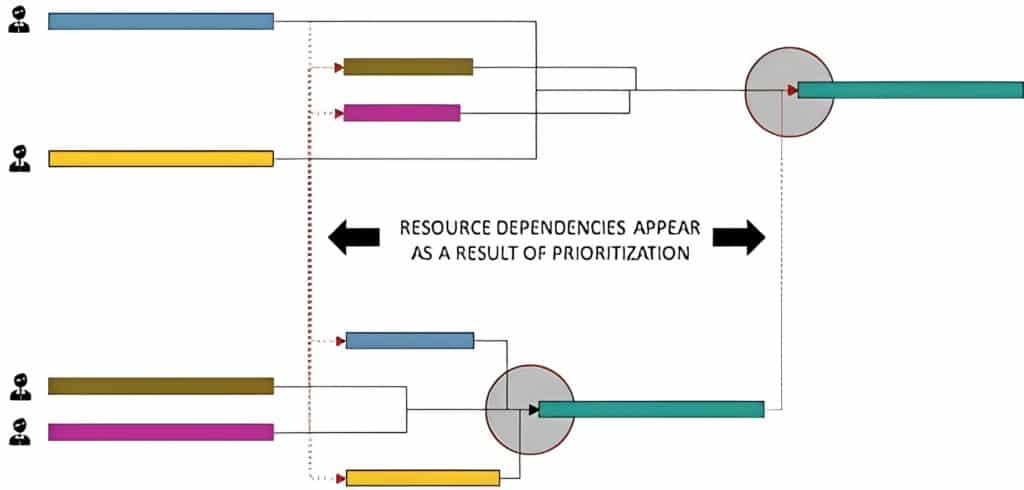
Figure 2: Resource Dependencies Appear as a Result of Prioritization
Since each of the stakeholders can have 2 options, there are 16 possible solutions to this problem and the ones below in Fig. 3 are the 2 best outcomes:

Figure 3: Best Two Outcomes to Solve Resource Shortages
In fact, out of the 16, there are 14 bad solutions and only these 2 good ones.
The Key to Finding the Solution to On-Time Projects
When we try to execute any project, we can both expect and attempt to solve resource shortages. We just do not know where we might face it, when it might strike, and what will be the quantum of the shortfall.
How then could we plan our projects and what could be the mechanism for prioritization that would make them impervious to the bad possibilities, whenever we face the eventual reality?
Inference:
- Resource shortages are not harmful on their own. They only generate many options, but the impact is constant. For example, if there are 3 tasks A, B, and C, and only 1 available resource to execute them, then they can be executed in any one of the sequences ABC, ACB, BAC, BCA, CAB, CBA but the time impact is constant – which is the sum of durations of A, B, and C.
- However, in projects, there is the existence of Integration Points, and together, they act as partners in crime. Together, they produce many possible outcomes.
How To Control Projects and Solve Resource Shortages
What Are We Trying To Observe?
What we are trying to do here is sort of reverse engineering – isolate the best solutions by enumerating all possible prioritization combinations and try to look for clues that can get us to a general prioritization rule that can be applied in any real resource constraint situation.
In the following part, we will try to compare the good and bad impacts of prioritization on multiple examples and see if we can spot some cause-and-effect relationship.
I will let the following examples in Fig. 4 and Fig. 5 below speak for themselves.
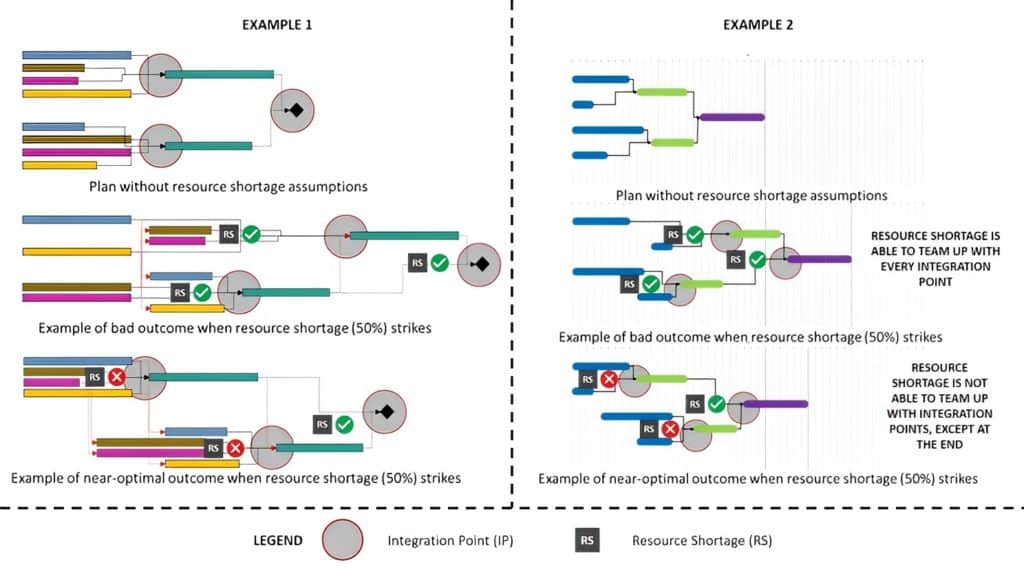
Figure 4: Simple Example Showing the Interplay with Integration Points to Solve Resource Shortages
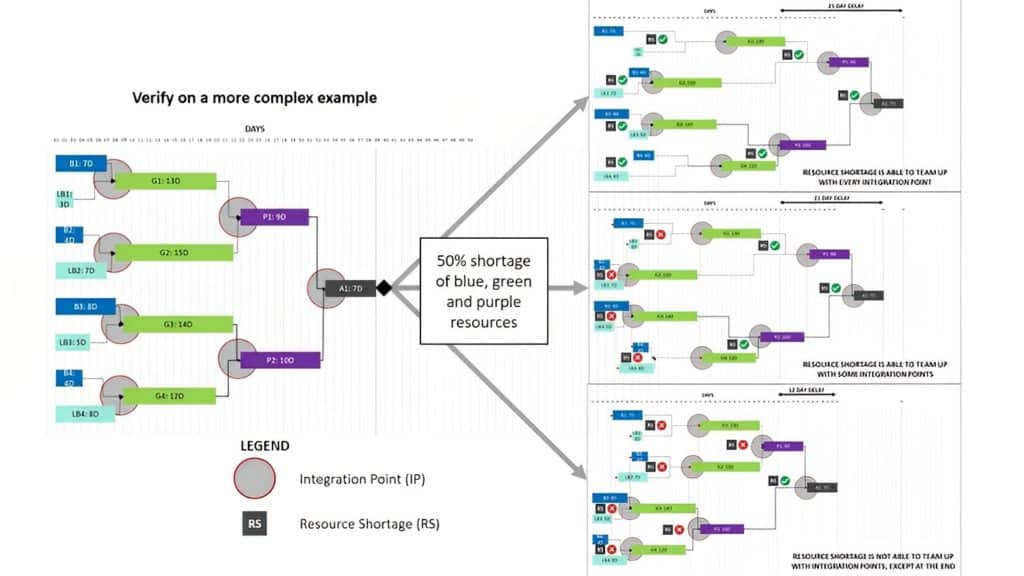
Figure 5: Complex Example Showing the Interplay with Integration Points to Solve Resource Shortages
What Are The Pointers For An Effective Innovation That Can Reverse The Trend of Time Overruns?
The ray of hope to solve resource shortages is the following idea:
Even if there is a resource shortage in the project, it is possible to execute it in a way that Resource Shortages never get to meet the Integration Points till the very end.
And if they cannot team up, they cannot multiply delays
So, all we need to do is to figure out:
- A Planning Method that sets the project up for facing real-world constraints
- A uniform Prioritization Mechanism that can keep resource shortage and integration points separate, during execution
To summarize, we need a new method that is simple yet resilient to all real-world constraints/ challenges and can deal effectively with whatever reality eventually throws at us
In the next blog post, we will work out a new method to make this happen.
Find out more interesting blogs and videos at: www.realization.com
Summary
Projects almost always suffer from time overruns, de-synchronization, and a lack of predictability. Resources shortages are the usual culprits and the first step that we take to deal with shortages is prioritization.
Unfortunately, choosing to prioritize when facing resource shortages often results in a wide range of unpredictable outcomes in your projects. Utilizing the Critical Path Method to overcome resource shortages also is ineffective in such situations.
While there are other uncertainties like estimation errors, scope change, etc, these don’t hurt predictability as each of these events has a definite outcome.
However, when resources are limited or inadequate, it can create invisible dependencies between tasks that are otherwise unrelated and could run in any direction.
The good news is that if we look at the nature of resource dependencies and how it affects projects, we can find a way to avoid most of the possible detrimental outcomes.
In every project there exist Integration Points that help provide many possible outcomes during resource shortages. By a sort of reverse engineering, you could isolate the best solutions by enumerating all possible prioritization combinations and try to look for clues that can get us to a general prioritization rule that can be applied in any real resource constraint situation
Even if there is a resource shortage in the project, it is possible to execute it in a way that Resource Shortages never get to meet the Integration Points till the very end.
References:
- Dr. Basu, Sourav. “What If Our Best Attempts to Minimize Time and Cost Overruns Due to Project Resource Shortages Are Pointless?”. Project Control Academy, December 2022
- Ghorbani, Shohreh. “Understanding Critical Path Method (CPM)“. Project Control Academy, 9 Oct 2014.
About the Author:
Dr. Sourav Basu is GM, India Business Operations, in Realization Technologies.
Since joining Realization in 2009, he has been involved in over 30 Critical Chain implementations in Capex, NPD and ETO environments, in India. He has a doctorate in Operations Research and System Analysis from Indian Institute of Management, Calcutta.
Connect with Dr. Sourav on LinkedIn.

